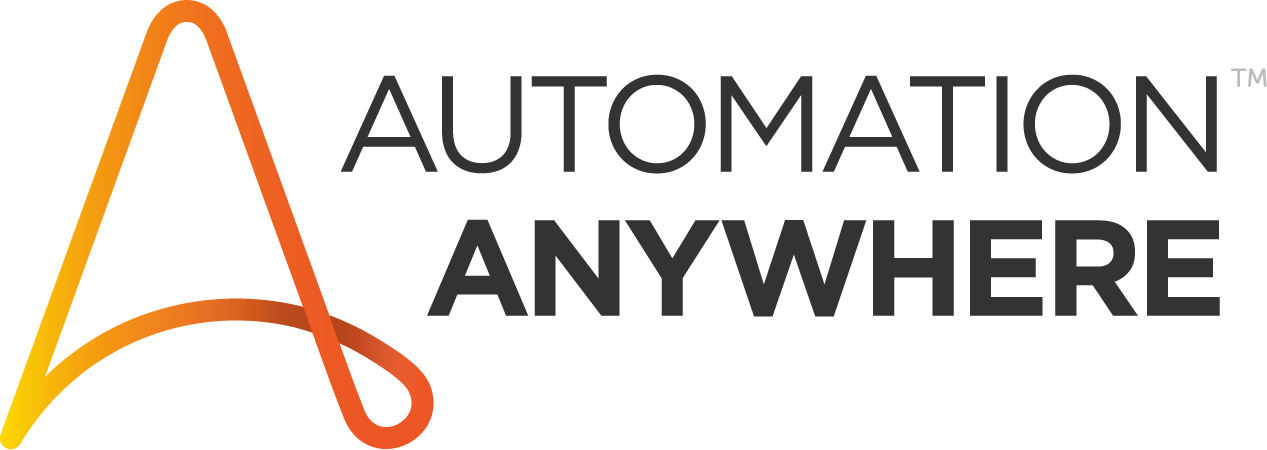For example, a business user performs the same routine daily: logging in, analyzing Excel data, and responding to customer emails. This repetitive manual work is ideal for automation. We use the Automation Anywhere tool to build a bot that mimics these human actions. The bot logs in, processes emails, responds to customers, and completes the entire process autonomously, from start to finish.
We use generative AI to process emails by determining customer sentiment and intent: happy, inquiring, dissatisfied, or angry. The AI makes decisions based on email content and automatically generates requests or tickets in ServiceNow, assigning them to appropriate users. This automation replaces the manual task of sifting through thousands of daily customer emails, allowing employees to focus on higher-value work. The combination of generative AI and Automation Anywhere automates this process efficiently.
Automation Anywhere increased productivity by 30 percent.
Automation Anywhere has significantly re-emerged in the industry over the past few years. The platform has introduced numerous features and a robust cloud deployment pipeline. The initial focus is on a cloud-based architecture and a new structure supporting third-party coding languages like Python, VBScript, and VBA. Document Automation, formerly IQ Bot, simplifies document automation development. Additionally, Automation Anywhere acquired Shibumi, rebranded as CWE Manager, to provide a pipeline for automation and offer detailed performance metrics, including ROI, savings, and bot health for business users.
AI is the future, and automation is a crucial component. Our healthcare organization, which manufactures products like gloves and masks and provides in-house hospitality to patients across the US, has significant opportunities for automation and AI implementation. With six data centres globally and a new CIO focused on cost reduction, we're aggressively pursuing cloud migration to Azure and have partnered with Google for AI integration over the next five years. These initiatives aim to streamline operations, reduce costs, and enhance patient care.
Throughout my experience, I have integrated nearly 600 applications with Automation Anywhere, encompassing a diverse range of software, including desktop-based, standalone, and web-based applications.
Automation Anywhere has significantly reduced costs in my organization. For example, a team of 20 employees previously spent six minutes manually entering 20,000 Excel records into an Oracle application daily. This process consumed valuable time and resources, including Oracle licenses and employee wages. Automating this task eliminated the need for one Oracle license by accessing the database directly. Our automation solution processes 10,000 records in just 15 minutes, drastically improving efficiency and accuracy.
Integrating workflows requires careful consideration of automation complexity, determined by the number and type of applications involved and the number of interactions within each application. We assess applications based on web-based vs. standalone, legacy vs. automation-friendly, and the number of fields requiring input. A complexity score is assigned. Zero to ten is low, 11 to 20 is medium, and 21 to 30 is high, and corresponding timelines for development, testing, QA, pilot, and handover are established. Once timelines are set, we focus on securing application access for developers, providing necessary test data, and coordinating with business stakeholders for UAT testing. After successful UAT, the bot is deployed to production for a monitored pilot phase before full-scale implementation. This approach is standard workflow management practice in our organization.
The savings from automation depend on the specific automation implemented. Some automation may provide minimal benefits to the business. For example, if a new automation is introduced and the business user spends only two percent of their time per day on the related task, the savings may be insignificant. To evaluate the ROI, we calculate the costs over five years, including development, support, licensing, and infrastructure setup. In the first year, the focus is on investment and implementation. While savings may not be fully realized in the second year, from the third to fifth year, the business can expect significant returns due to reduced human labor. The automated process can be continuously enhanced to adapt to changing business requirements. My organization has achieved savings of approximately one point five billion over the past year and a half through automation.
